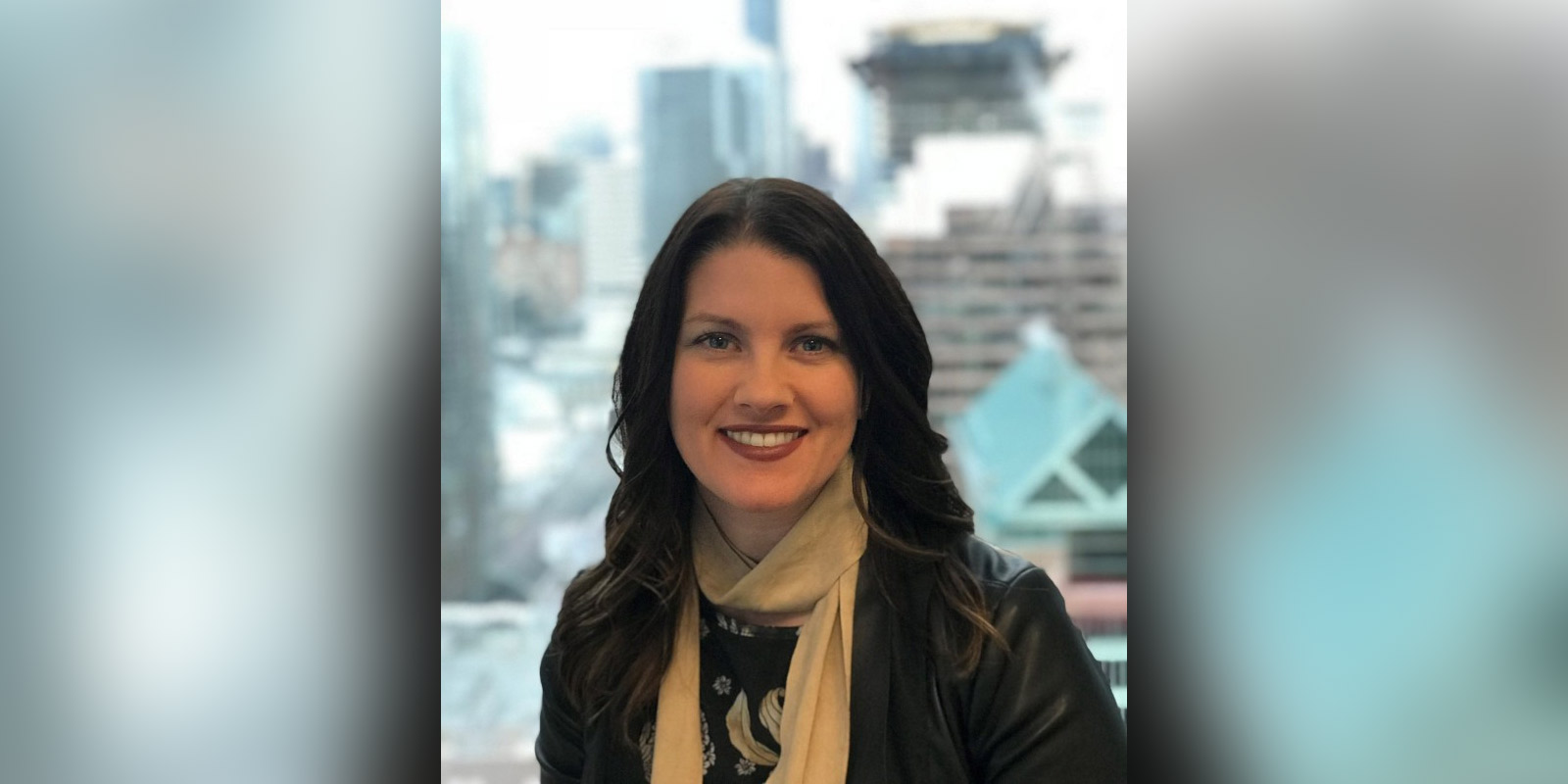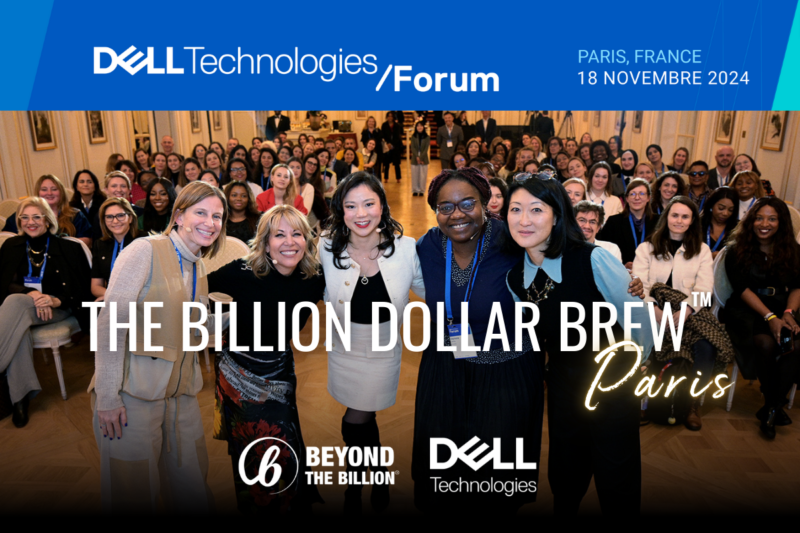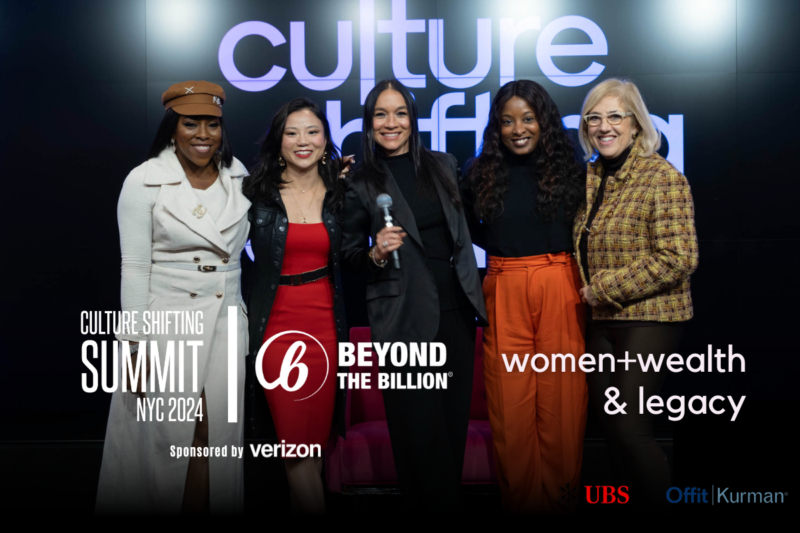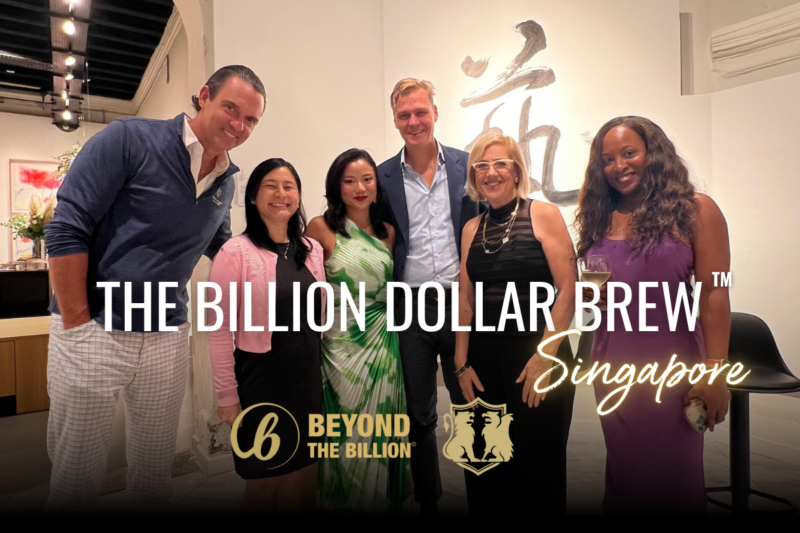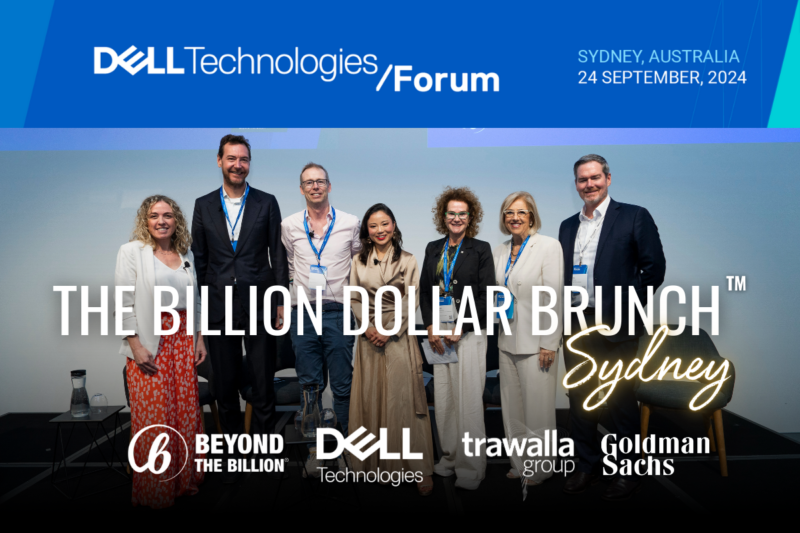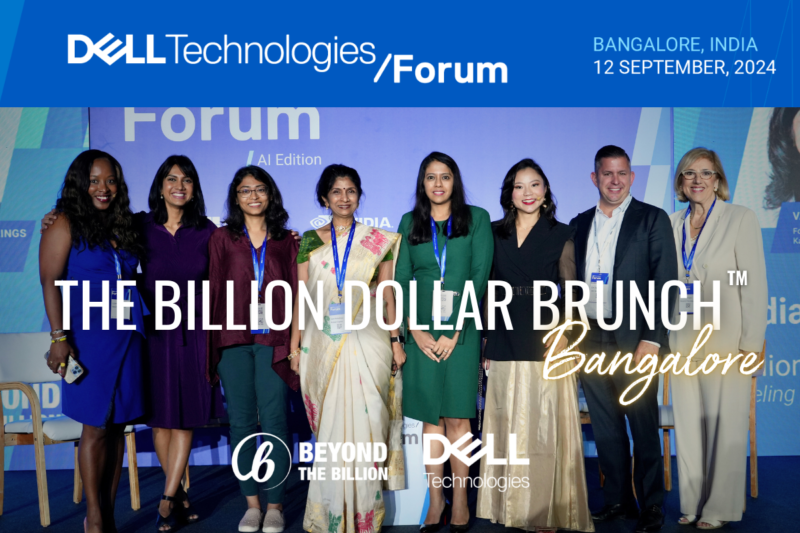How the business of making money and making impact converge at Grand Challenges Canada
By: Karina Chan
How Annie Theriault got to Grand Challenges Canada(GCC) is not how most people find themselves working at a nonprofit organization funding critical health and development challenges in the developing world. Annie was in the business of making money for a long time.
But why should the worlds of making money and making impact be so disparate? Annie’s story is one that illuminates the growing trend of the convergence of the two. Starting her career in traditional capital markets, first in trading and sales at a major Canadian Bank and then as a portfolio analyst at one of Canada’s largest hedge funds, prior to entering the world of venture capital, Annie took a pause after her 20 year career and wondered: What should she do next? She has two girls, six and seven. What makes spending time away from them, working those long hours, worthwhile? She thought she wanted to go back to venture capital. She loved investing in private companies from the diligence process to deal structuring and working with amazing CEOs, helping them grow their businesses.
That wasn’t really enough. It wasn’t until Annie met Karlee Silver and Jocelyn Mackie, the co CEOS of GCC, that it all came together. Funded by the Government of Canada and other partners, GCC funds bold entrepreneurs that integrate science, technology, social, and business innovation in low- and middle-income countries and Canada. What Annie was looking for was impact and there are hardly any for-profit initiatives meant to be as impactful as the venture capital fund she is launching with GCC.
“It was really too sweet to resist”, she says. “I’m not a tech person, not someone with the ability to create a product myself, but I’m very good at structuring and managing investments. Somehow it all came together at the right moment. It was a bit of serendipity. A result of looking at what I’m good at and what sector do I want to do it in. Women and children’s health, to me there’s no greater cause frankly.”
Impact investing isn’t synonymous with non-profit anymore. In fact, as Annie points out in the conversation below, it has grown into a major concentration of capital in the wealth management and investment space.
KC: What’s your role at GCC?
AT: My role has three parts to it.
The first part is to launch an impact investment firm tied to GC Canada to support venture backable companies with the potential to create meaningful and measurable impact on disadvantaged people in low and middle income countries. What we’ve defined for our goal with that particular fund is to look at health tech, companies that have solutions for women and children’s health care needs. This includes companies in sectors such as software platforms, medical devices, and diagnostics as well as therapeutics. Our key criteria for investment is that these organizations be at a later stage, Series B or beyond and whether the solutions will be available to African women and children. Our value proposition is that we’ll work with these organizations to bring in the non-dilutive capital that they need for the most impactful part of their work.
For GC proper I really use my investment background to lend a hand to my colleagues on the program side when we deal with for-profit ventures or non-profit ventures that have maybe complex balance sheets. That type of work is at the initial deal stage or maybe post-deal when we are helping them raise additional financing and working with different partners.
The last part of my role is with the Every Woman Every Child Innovation Marketplace. That group is an initiative within GC Canada that is partnered with USAID with the Bill and Melinda Gates Foundation and the Norwegian government. It’s an initiative formed between our four organizations to support women and children initiatives that, post-funding, weren’t scaling as much as the funders would have hoped. We provide a platform for these innovations to receive exposure with either supply chain partners or investors. We also help them with their business plans, their financial models and assist negotiating or structuring term-sheets if needed. When they’re financing I’m either providing them references to partners or making introductions to possible investors or funders.
KC: What are some innovations we should be paying more attention to?
AT: I really pay attention to the disbursement of capital. I can’t help it I’m an economist at heart. One of the trends that people should really pay attention to is the growth of the impact investment sector as a whole. If you look at reports and follow the major wealth management firms, about $16 trillion dollars from ultra-high net worth individuals will be transferring generations over the next 30 years. If you look at the next 10 years alone that’s $2.9 trillion. The thing that’s exciting about that from the GC point of view and other impact investors is that when you do a survey you find that between 40–60% of those who will inherit the wealth are Millenials who also respond that they want to use their money to help others. Surveys illustrate not only an interest in ESG concepts that are about doing no harm and supporting businesses in sectors that are less likely to devastate the earth. The bulk of respondents want to invest to proactively help others with their money. It’s a really interesting time to be looking to launch an impact investment firm, especially when you sit at a place like GCC which already knows how to measurably generate measurable impact. The Global Impact Investing Network reports that in 2018 there was a total of $502 billion dollars invested in impact and of this only about 50% is managed by fund managers. There is a huge need for impact funds to be out there to meet the demand that the new generations of investors will be wanting. We’re pretty excited about that because we see that as an opportunity from the Grand Challenges point of view. A lot of these ultra-high net worth people are interested in giving some of their capital which we can use for the main platform, which primarily does grants and soft loans for organizations that have the potential to impact lower and middle-income countries, but it’s also exciting from the funds point of view because it gives us a network of people looking to make investments and money but in places where you can have measurable impact.
The investors we’re after want impact we can measure and so I’m in a privileged position because we’ve already spent 9 years developing tools to measure impact and that positions us nicely to speak to those investors in a language that is appealing to them.
KC: Sometimes there seems to be a stigma about impact, maybe that it’s not as profitable as a non-impact-focused fund. What do you have to say about that?
AT: Let’s think of the range of what GCC does. We do invest in purely non-profit organizations. These tend to focus on only serving people at the bottom of the pyramid. It’s pretty difficult to sell basic health services profitably in a population where there’s no income or tax base. In those cases what we do is we help find ways that are more efficient, to help people change the status quo so to speak. We also tend to focus on those non-profit organization that have a long-term plan for sustainability which often means public/private partnerships or government uptake.
If you look at where our fund is looking for an opportunity for a return there are a few different use cases. A big part of it is dual market strategies. We still have situations that aren’t solved here in the West. If you think of something that we would use in the West that would reduce costs significantly then that’s a big driver. We still have needs to solve non-communicable diseases such as diabetes, cardiovascular problems, cancers, etc. We still have conditions like postpartum hemorrhage, preeclampsia, and sepsis that cause significant morbidity and mortality in high-income countries and particularly in the US, though those issues are more severe than they are in Canada. These overlap with a lot of issues that happen in lower-income countries. There are ways to structure opportunities where there’s an appropriate level of revenue earned in each market. It involves blended finance where a fund or private investor can invest in the entire business and can support activities that go towards reaching people with less income by working with a company to bring in the right amount of grants or soft loans to do charitable work that would be much less likely to be beneficial to the whole organization. I think it requires a little more creativity, but it’s not impossible. There are multiple models and I’ve given you one example where you can earn private capital return. The other thing that must be highlighted is that the funds that do this do receive a little boost in public capital. There’s a whole body of work when it comes to blended finance and there are lots of different models for that but it’s about partnership with the right people. It’s about the right focus and ensuring that if you take private capital, you make a return. That is part of the decision, but that capital is also asking for impact. There’s’ a big network of people out there that want to make a big impact and they will provide you with capital to help administer those activities.
About Grand Challenges Canada.
Grand Challenges Canada is dedicated to supporting Bold Ideas with Big Impact®. Funded by the Government of Canada and other partners, Grand Challenges Canada funds innovators in low- and middle-income countries and Canada. The bold ideas Grand Challenges Canada supports integrate science and technology, social and business innovation — known as Integrated Innovation®. One of the largest impact-first investors in Canada, and with a feminist investment approach, Grand Challenges Canada has supported a pipeline of over 1,000 innovations in 95 countries. Grand Challenges Canada estimates that these innovations have the potential to save up to 1.6 million lives and improve up to 35 million lives by 2030.
Learn more at www.grandchallenges.ca.
About Beyond The Billion
Beyond The Billion™(BTB), from the Founders of The Billion Dollar Fund for Women™ was founded to address the gender venture investment gap where women-founded teams receive less than 3% of total VC funding. In less than a year, BTB mobilized a global consortium of over 80 venture funds committed to investing $1Bn in women-founded companies. BTB’s mission is now to catalyze the larger landscape of capital, ensuring the continued capacity to invest in women-founded companies by bridging venture funds and limited partner investors. These include institutional investors such as endowments, foundations, international financial institutions, and development financial institutions; as well as strategic corporates, family offices, wealth managers, and high net worth individuals to drive the agenda and capital, collectively.
About the Author: Karina Chan
Karina is an Associate with BTB, and the author of “Women in Venture Capital: How to Break into the Boys Club of Venture Capital: Lessons Learned from the Best of the Best” in which she illustrates how to pursue a career in an exclusive industry through the stories of a dozen female partners and managing directors. A Computer Science major at Georgetown University, Karina seeks to understand the business of startups and technology from the ground up. She is also tone-deaf, yet still aspires to be a DJ one day.
Have a success story you’d like to share?
Contact us on sarah@beyondthebillion.com.
More information: www.beyondthebillion.com

